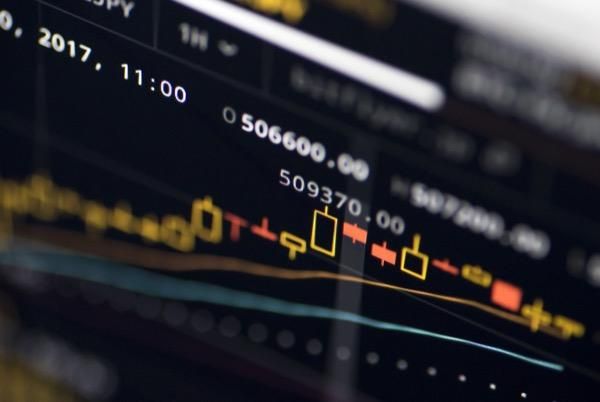Ahead of the game: September 4, 2023

The stock markets in the United States continued to recover after the Jackson Hole event as a period of weak economic data in the country led to optimism that the Federal Reserve Bank (Fed) has finished increasing interest rates.
In Australia, the ASX 200 continued to bounce back from its August lows and ended the month with only a 1.42% decrease. This upturn was influenced by a decrease in US bond yields, further policy easing in China, and a monthly consumer price index (CPI) indicator that was not as strong as anticipated. This supports the belief that the Reserve Bank of Australia (RBA) will probably maintain the current interest rate of 4.10% at the next board meeting.
Reserve Bank Of Australia's Rate Verdict
On Tuesday, September 5th at 2:30 pm AEST
During its August meeting, the RBA decided to maintain its current interest rate of 4.10% for the second month in a row. This decision was made in order to evaluate the effects of a total increase of 400 basis points in interest rates, as well as to monitor the progress of establishing a stable equilibrium between the availability of goods and services and the demand for them.
In the announcement that came with the decision, the RBA expressed greater satisfaction with the inflation forecast. They acknowledged that although inflation still stands at 6%, recent data suggests that it is moving towards the desired target range of 2-3% in the foreseeable future. However, this optimistic outlook relies on the condition that there is an improvement in productivity growth.
This week, the monthly Consumer Price Index (CPI) data displayed further improvement in curbing inflation. The overall inflation rate increased by 4.9% compared to the same period last year, down from 5.4% in June. Similarly, the core calculation of the monthly CPI, known as the trimmed mean, saw a 5.6% rise in July after reaching 6.0% in June.
The current inflation rate, which was lower than anticipated, along with a rise in unemployment to 3.7%, minimal growth in wages, and the projected deceleration in GDP growth in the upcoming week, is expected to result in the Reserve Bank of Australia maintaining interest rates at 4.10% for the month of September.
On the morning of Wednesday, September 6th at 11:30 am Australian Eastern Standard Time (AEST),
The Australian economy experienced a 0.2% increase in GDP during the first quarter of 2023, and a 2.3% increase compared to the same time last year. This marks the sixth consecutive quarterly growth, although it was the slowest since the Delta variant lockdowns in the third quarter of 2021. The key factors contributing to this growth were investments made by both private and public sectors.
During this quarter, it is anticipated that the GDP will rise by 0.4%, while the yearly growth rate is projected to increase by 1.8%. Such expansion would mark the sluggish advancement since the last quarter of 2020, when the implementation of Covid restrictions led to three consecutive quarters of economic decline.
On Thursday, September 7 at midnight in the Australian Eastern Standard Time (AEST) zone...
In the month of July, the ISM services PMI continued to show growth with a reading of 52.7, marking the seventh straight month of expansion. However, this number was slightly lower than the four-month peak of 53.9 recorded in June. Despite the overall decrease, the prices paid sub-index saw an uptick, rising from 54.1 to 56.8. Additionally, new orders remained relatively steady at 55.
This month, the market is anticipating a decrease in the headline to reach 52.4. Investors are hoping for some moderation in the prices paid component, which will allow the Federal Reserve to have the freedom to extend their pause beyond September.









































